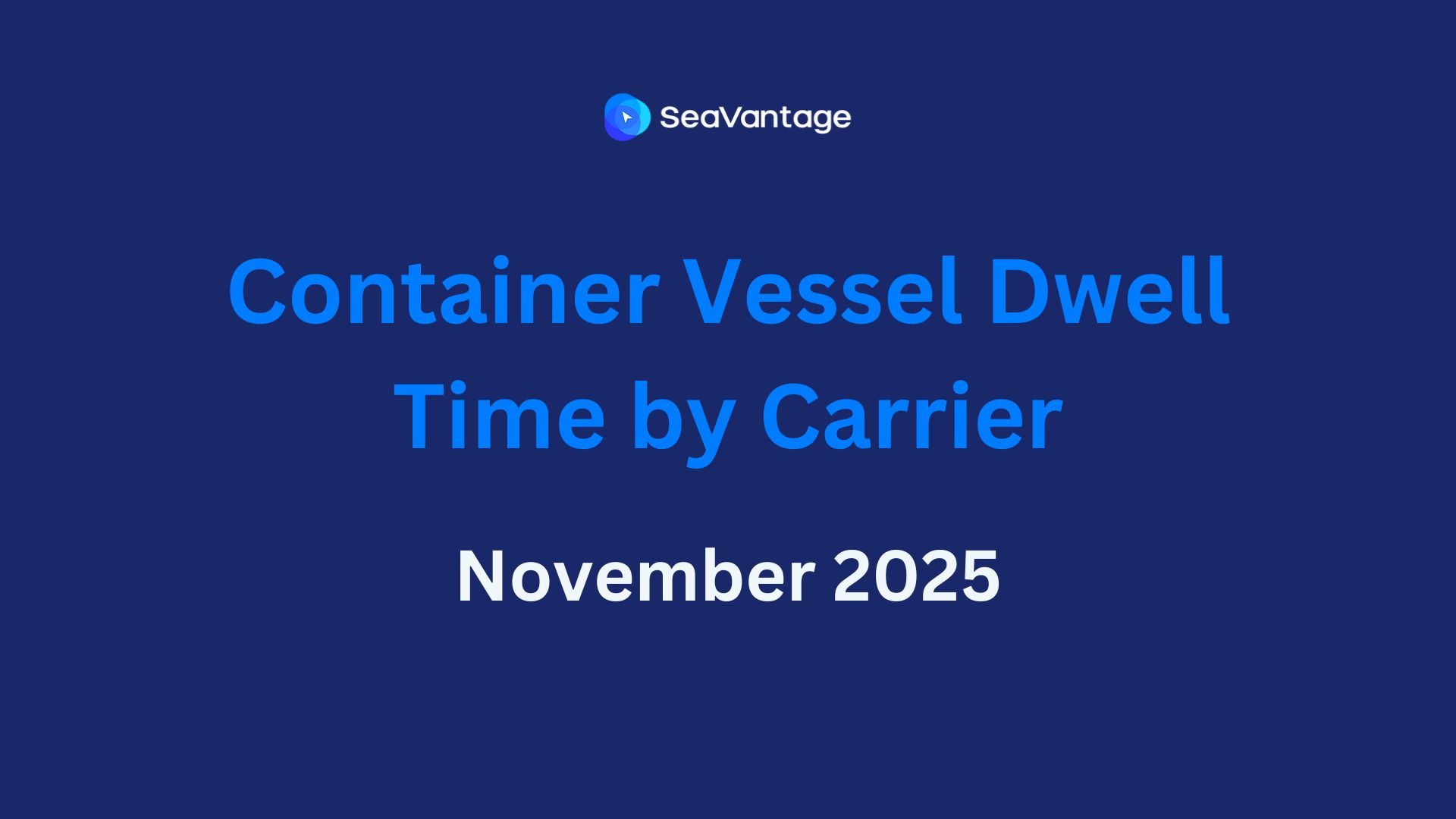Crowdstrike's Catastrophe: The Aftermath in Ports and Terminals Worldwide
In an unprecedented turn of events, a faulty update from cybersecurity giant Crowdstrike recently triggered what is being called the largest global IT outage in history. The update, intended to bolster security, instead crashed Microsoft's operating system, leading to widespread disruptions across various sectors, most notably in air freight and maritime operations.
The impact was felt most acutely in the airline industry, with thousands of flights grounded due to compromised air freight systems. However, the ripple effects extended far beyond the skies. Major ports and container terminals worldwide experienced temporary shutdowns as their Windows PCs failed, bringing operations to a standstill.
In the United States, key maritime hubs including the Port of Houston, Port of New York and New Jersey, and Port of Los Angeles reported disruptions. Across the Atlantic, Europe's bustling Port of Rotterdam also faced similar challenges. Fortunately, these facilities managed to resume normal operations relatively quickly, minimizing long-term impacts.
The SeaVantage Ocean Visibility Platform, upon reviewing inbound shipments to these ports from July 19th onwards, reported no significant delays attributable to the Crowdstrike update failure. This swift recovery is a testament to the resilience and adaptability of modern port operations.

However, this incident, coupled with ongoing disruptions in the Red Sea region, serves as a stark reminder of the fragility of global supply chains. It underscores the critical need for robust visibility solutions that can proactively provide information on affected ports and terminals, allowing stakeholders to respond swiftly to unforeseen challenges.
Emily Stausbøll, a senior shipping analyst at Xeneta, drew parallels to a similar incident in May when Charleston Port on the U.S. East Coast was forced to shut down for two days due to a software failure. That event resulted in a staggering 200% increase in port congestion. Stausbøll notes that while port congestion has been a major issue throughout 2024 and is now showing signs of easing, the system remains precariously balanced. Any disruption, she warns, could quickly push the situation back into critical territory.
As we navigate an increasingly digitized global trade landscape, this incident serves as a wake-up call. It highlights the delicate interplay between cybersecurity measures and operational continuity, emphasizing the need for more robust, fail-safe systems in our ports, airports, and supply chains. Moving forward, increased investment in resilient IT infrastructure and comprehensive contingency planning will be crucial to mitigate the risks of such large-scale disruptions in the future.
2025년 9월, 주요 글로벌 항만에서 어떤 운송사가 가장 긴 선박 체류 시간을 기록했는지 확인해보세요. 트렌드를 비교하고, 지연을 파악하며, 전체 항만 데이터를 통해 운송 전략을 최적화할 수 있습니다.
2025년 8월, 주요 글로벌 항만에서 어떤 운송사가 가장 긴 선박 체류 시간을 기록했는지 확인해보세요. 트렌드를 비교하고, 지연을 파악하며, 전체 항만 데이터를 통해 운송 전략을 최적화할 수 있습니다.
2025년 7월, 주요 글로벌 항만에서 어떤 운송사가 가장 긴 선박 체류 시간을 기록했는지 확인해보세요. 트렌드를 비교하고, 지연을 파악하며, 전체 항만 데이터를 통해 운송 전략을 최적화할 수 있습니다.
Explore November 2025 global port dwell time data. See which ports and carriers led in efficiency across Antwerp, Busan, Long Beach, Rotterdam, and Singapore.
See which carriers experienced the longest vessel dwell times at major ports in November 2025. Uncover congestion trends and leverage detailed port data to optimize your shipping operations.
Discover how RTTVP is a game-changer for Logistics Service Providers. Learn the 5 core benefits, from B2B customer experience to predictive operational planning.



.svg)



.jpg)



.png)